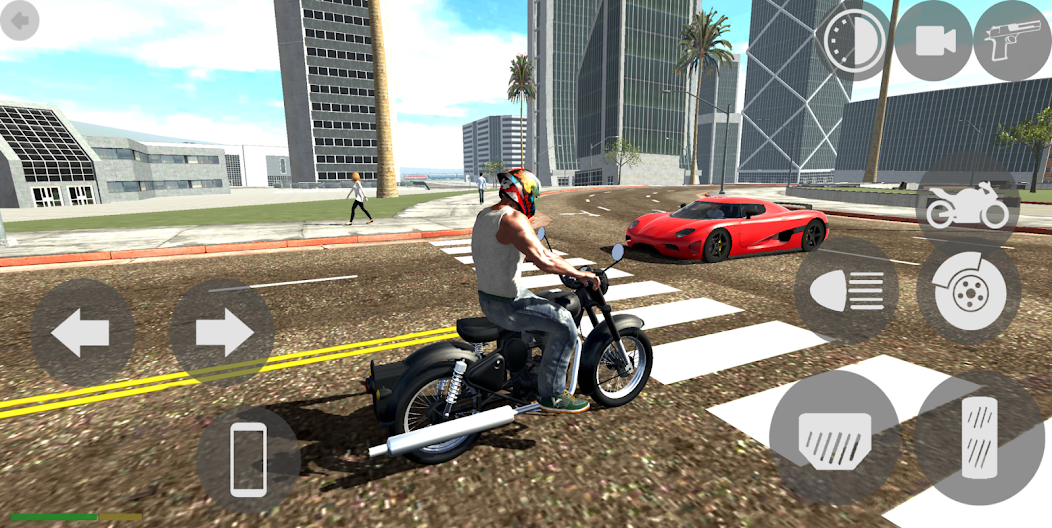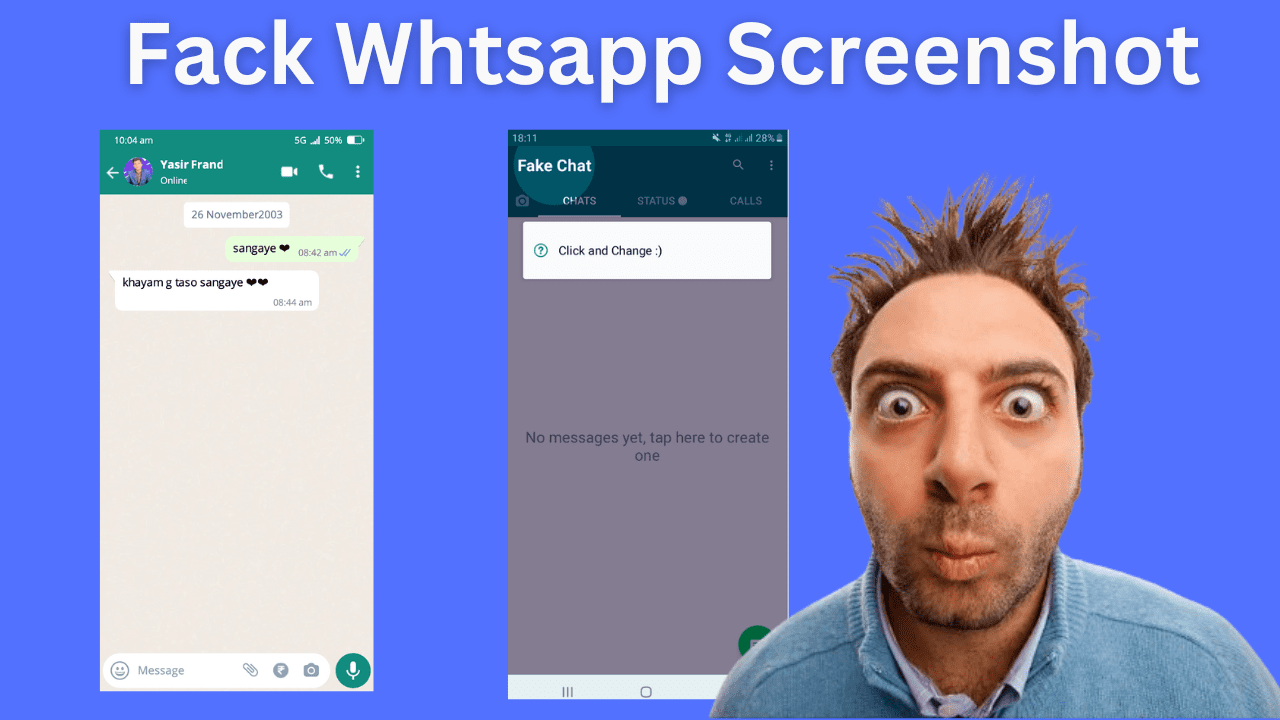Introduction
Music production has evolved over the years, pushing boundaries and exploring new horizons. One of the latest trends in the world of audio engineering is the creation of 4K boost music with the enchanting touch of slow reverb.
This innovative approach combines the brilliance of 4K audio quality with the ethereal, dreamy qualities of slow reverb effects to craft a unique and captivating sound. In this 2000-word guide, we will delve into the art of creating 4K boost music with slow reverb, providing you with valuable insights and practical tips to elevate your music to new heights.
Android App Link
Iphone App Link
Section 1: Understanding 4K Audio Quality
Before we dive into the world of slow reverb, it’s essential to comprehend the significance of 4K audio quality. 4K audio, often referred to as “ultra-high-definition audio,” is all about achieving the highest possible fidelity in sound reproduction. To create 4K boost music, you need to start with the best audio quality possible. Here’s how to do it:
- High-Resolution Audio: Begin with the recording process. Use high-resolution audio equipment and ensure you’re recording in a lossless format, such as WAV or FLAC, to capture every nuance of the sound.
- Quality Instruments: The quality of your instruments and equipment matters. Invest in high-quality microphones, instruments, and sound processors to ensure the purity of your sound source.
- Acoustic Environment: Record in a well-treated acoustic environment. Proper sound isolation and acoustic treatment will minimize unwanted noise and resonances, allowing your music to shine.
- Audio Editing: When working with 4K audio, be meticulous in your editing. Use lossless audio editing software to avoid any degradation of sound quality during post-production.
Section 2: Slow Reverb and Its Magic
Now that we have a firm grasp of the importance of 4K audio quality, let’s explore the enchanting world of slow reverb. Reverb is a crucial component of audio production, adding depth and spatial qualities to your sound. Slow reverb, in particular, imparts a dreamy, atmospheric quality that can elevate your music to a whole new level.
- What is Slow Reverb? Slow reverb, also known as “lush reverb” or “ambient reverb,” is a type of reverb effect that has a longer decay time. It creates a spacious, immersive sound that envelops the listener.
- Choosing the Right Reverb Plugin: To infuse your music with the magic of slow reverb, you’ll need a high-quality reverb plugin. There are various options available, such as Valhalla VintageVerb or Eventide Blackhole, which are renowned for their lush, dreamy reverb algorithms.
- Adjusting Decay Time: The key to slow reverb is the decay time. Experiment with longer decay times to achieve that atmospheric quality. However, be mindful of not overdoing it, as it can lead to muddiness.
- Predelay and Damping: Predelay is the time it takes for the reverb to kick in after the original sound. Adjusting this parameter can make your reverb more pronounced or subtle. Damping controls the high-frequency decay, allowing you to fine-tune the texture of the reverb.
Section 3: The Art of Combining 4K Boost with Slow Reverb
Creating 4K boost music with slow reverb is about harmoniously blending these two elements. Here’s a step-by-step guide to achieving that perfect balance:
- Recording and Editing in 4K: Begin by recording your music in 4K audio quality. This involves using high-resolution equipment and lossless file formats. Once you have your raw tracks, edit and mix them to perfection.
- Adding Slow Reverb: During the mixing phase, incorporate slow reverb into your tracks. Consider using it on individual elements like vocals, guitars, or keyboards to emphasize specific parts of your song. You can also add a touch of slow reverb to the overall mix for a cohesive sound.
- Balancing the Mix: Achieving the right balance is crucial. Your 4K audio should remain pristine and clear, while the slow reverb adds depth and atmosphere. Use automation to control the intensity of reverb on different sections of your song.
- Experiment with Different Spaces: Slow reverb can emulate various acoustic spaces. Experiment with different reverb settings to create the desired atmosphere, whether it’s a cathedral-like ambiance or an intimate, ethereal sound.
Section 4: Advanced Techniques for 4K Boost Music
To take your 4K boost music with slow reverb to the next level, consider these advanced techniques:
- Parallel Processing: Create a parallel processing chain for your reverb. This allows you to blend the dry and wet signals with more control, resulting in a polished, professional sound.
- Multi-Band Reverb: Use multi-band reverb processors to apply different reverb settings to different frequency bands. This technique can make your mix sound more balanced and controlled.
- Modulation Effects: Experiment with modulation effects like chorus, flanger, or phaser on your reverb. This can add movement and character to your slow reverb, making it even more captivating.
- Automate Effects: Automate the parameters of your reverb and other effects to create evolving textures throughout your song. This keeps the listener engaged and adds a dynamic element to your music.
Section 5: Mixing and Mastering
Once you’ve achieved the perfect blend of 4K audio and slow reverb, it’s time to move on to the final stages of mixing and mastering. Here are some key points to consider:
- Mixing: Pay close attention to the EQ and compression during mixing. Ensure that all elements of your mix work together seamlessly, and that the reverb enhances the overall sound without overpowering it.
- Mastering: During the mastering process, use a light touch on the reverb to maintain the clarity and dynamic range of your music. The goal is to enhance the 4K audio quality, not overshadow it.
- Listening Environment: Make sure you’re listening to your mix and master in a well-treated listening environment with accurate monitors. This is essential for making informed decisions about the sound.
Conclusion: Your Sonic Canvas
Creating 4K boost music with the enchanting touch of slow reverb is like painting a sonic canvas. It requires a deep understanding of audio quality, reverb effects, and a keen ear for balance. By following the steps outlined in this guide and experimenting with different settings, you can craft music that not only sounds stunning but also engages your audience on a profound level. The magic of slow reverb, when combined with 4K audio, opens up a world of creative possibilities, allowing you to transport your listeners to ethereal realms of sound.
So, embark on this audio adventure, explore the realms of 4K boost music, and let the captivating spell of slow reverb weave its enchantment into your music. Your sonic canvas awaits, ready for you to paint with the most exquisite, high-definition sound.




